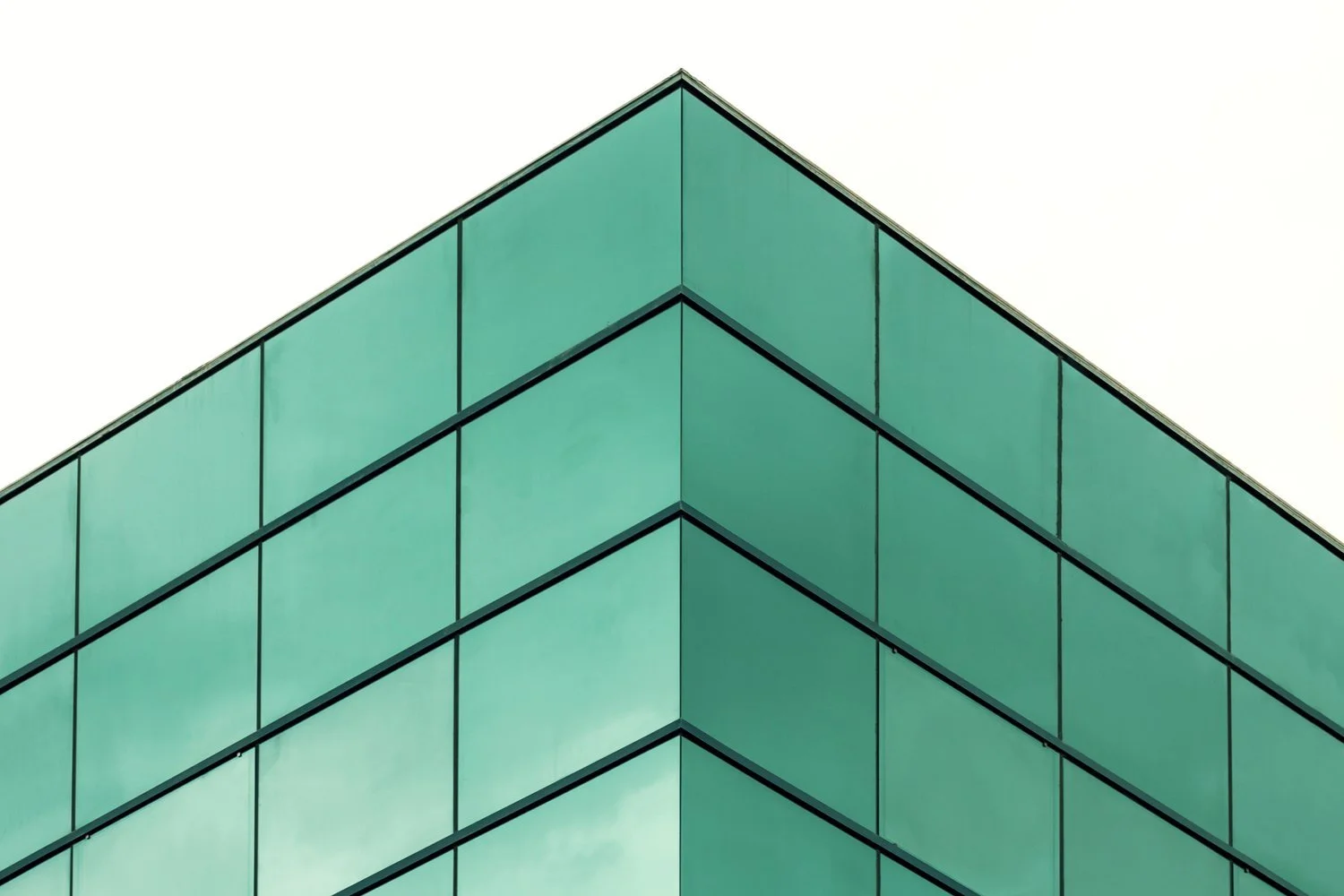The well known statement "Earthquakes don't kill people, buildings do" highlights the need to make our communities more earthquake resilient. The impact of earthquakes on public safety and the national economy can be reduced through improvement of the built- environment to resist earthquake effects such as ground shaking. Reduction of the economic impact on individuals and the nation can also be reduced by additional means such as earthquake insurance.







